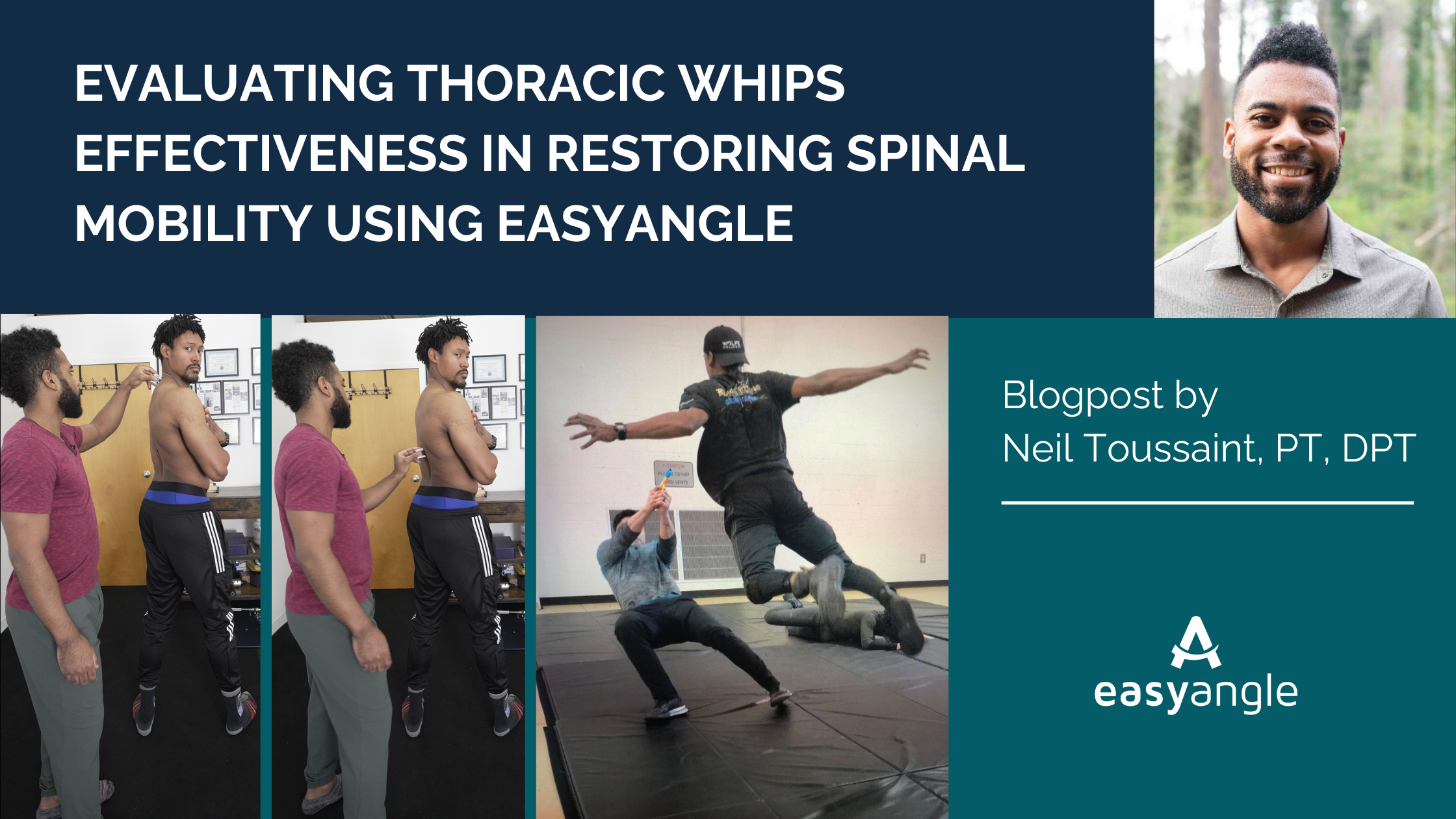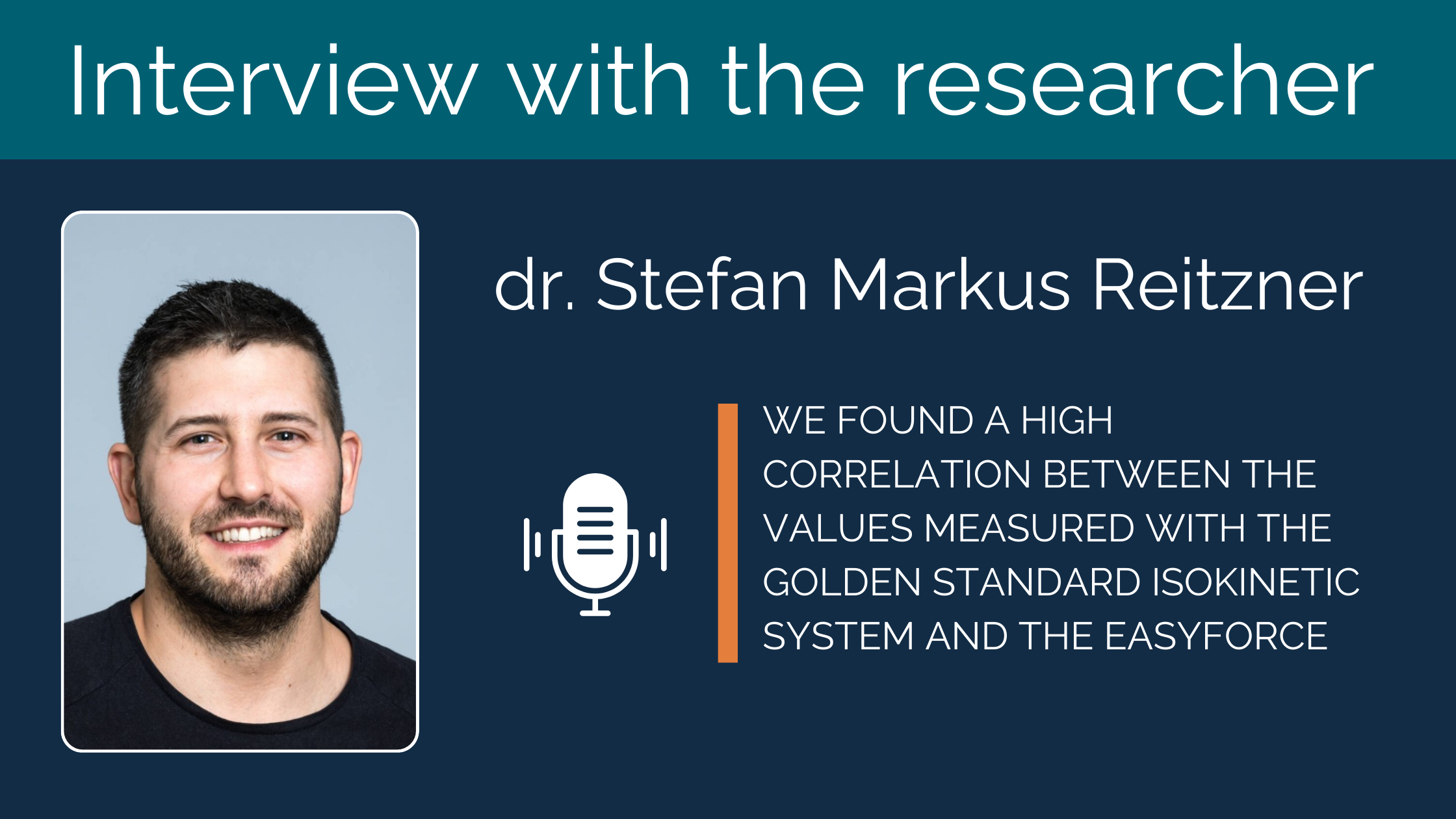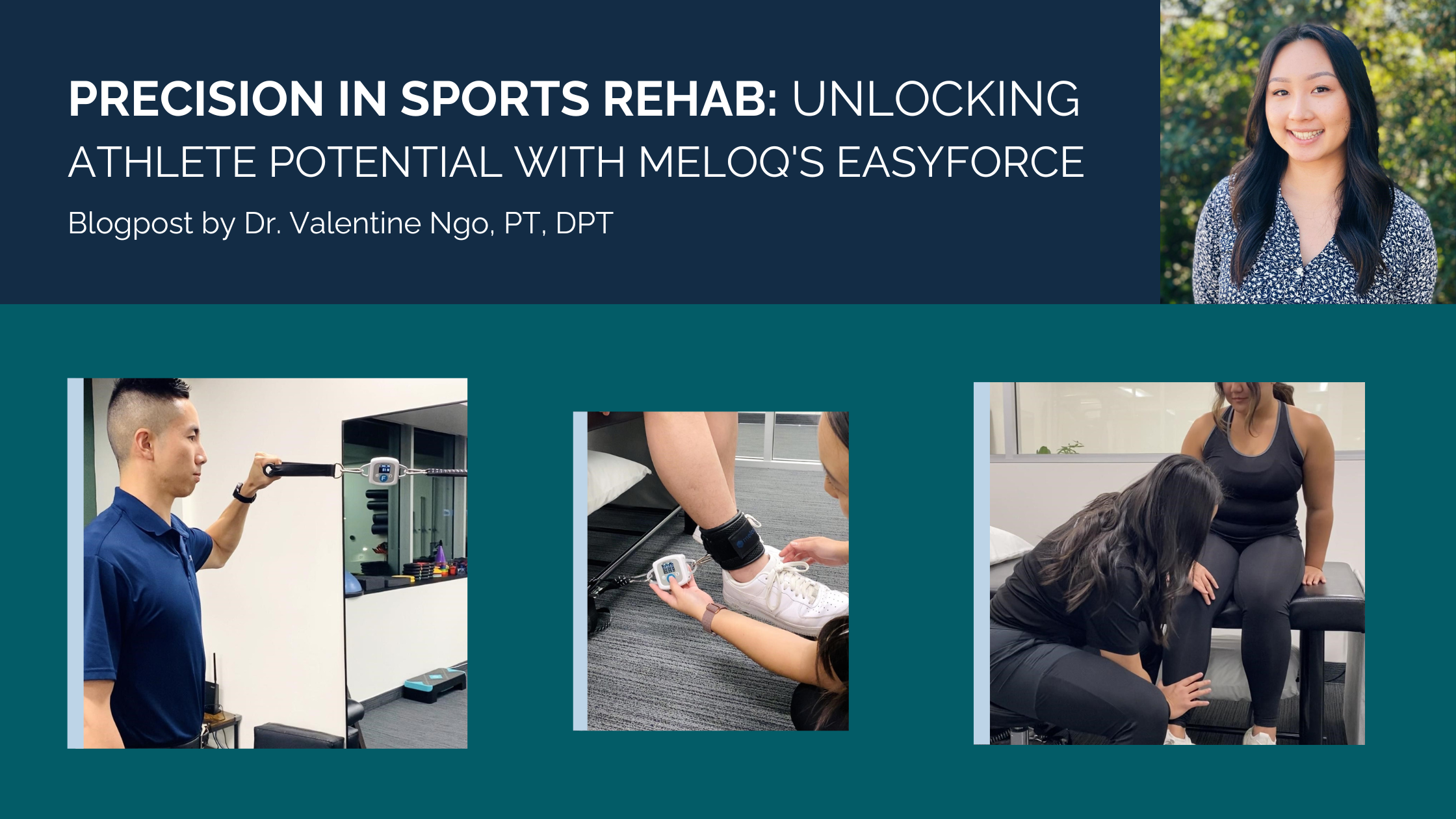-

, by Marko Dombi Evaluating Thoracic Whips Effectiveness in Restoring Spinal Mobility using EasyAngle
-

, by Marko Dombi RESEARCHERS FOUND HIGH CORRELATION BETWEEN VALUES MEASURED WITH THE GOLDEN STANDARD ISOKINETIC SYSTEM AND THE EASYFORCE
-

, by Marko Dombi Precision in Sports Rehab: Unlocking Athlete Potential with Meloq's EasyForce
Revolutionize your Osteoarthritis Rehab: Track Progress with These Consistent Feedback Methods
- , by Marko Dombi
- 4 min reading time

Revolutionize hip osteoarthritis rehabilitation by implementing newest assessment devices - a case report written by the owner of Proprio Center from Croatia.

This is a series of articles where we invite guests to write about relevant topics in rehabilitation and sports sciences.
This case report focuses on hip osteoarthritis (OA), which is a common form of joint disorder that primarily affects the articular cartilage and surrounding tissues. It can cause pain, limited mobility, loss of independence, and difficulties in daily activities such as walking, driving, climbing stairs, and sitting. The Centre for Disease Control and Prevention states that the lifetime risk of symptomatic hip OA is 18.5% for men and 28.6% for women, and its prevalence is increasing over time. This case report will detail the clinical findings, reasoning, and treatment approach for hip OA.
A 54-year-old woman visited our physical therapy office with a complaint of bilateral hip pain that severely restricted her daily activities. Although physical therapy and exercises are the recommended treatment for hip OA, it can be a challenging process that requires the patient's full commitment and motivation. To ensure successful rehabilitation, it is important to establish realistic goals that aim to restore functionality in day-to-day life. However, complete pain elimination and full range of motion are unlikely goals in this progressive disorder. The rehabilitation process can be slow, and it is essential to maintain motivation by focusing on measurable and dependable results.
Providing consistent feedback on measurable advancements in osteoarthritis rehabilitation can make a significant difference in the patient's recovery process. It's crucial to set measurable goals, track progress, and communicate effectively with the patient.
Feedback not only helps patients stay motivated, but it also instils confidence in both the patient and the therapist. By providing effective feedback, therapists can build trustworthy relationships with their patients and provide personalized care. With Meloq Easy Angle and EasyForce, rehabilitation technology does not have to be complex or costly. These tools are essential for accurately monitoring progress towards the primary objectives of restoring range of motion and strength.
In this case report, we will delve into the successful rehabilitation of a patient with hip osteoarthritis and how EasyAngle helped us track our progress objectively
The patient is experiencing a range of symptoms including pain and stiffness that is most severe in the morning or after sitting. There is also pain in the lumbar back and left sacroiliac joint upon waking up and bending forward exacerbates her sacroiliac joint pain. The patient experiences pain with all hip movements, as well as pain in the right hip without movement. Everyday activities such as sitting, standing, and bending over are difficult due to stiffness in the hip joint. The patient's main concern is the inability to drive for more than half an hour, which is affecting her personal life and ability to travel long distances for family visits.
Range of Motion measured on the first day

The table above shows l/r hip Range of Motion measurements collected using the EasyAngle on the first day of patient admission.
The initial rehabilitation plan for the patient involved several exercises to improve their stability and strength. These included single-leg stability exercises, core stability exercises, pelvic control exercises in different positions, an isometric strength program for specific muscles, and a global strength program for overall strength. The patient was advised to avoid certain movements such as adduction, internal rotation, and hip flexion over 90 degrees.
After three months, the rehabilitation plan was modified to include isolated strength exercises for abduction, isometric exercises for internal rotation and adduction in a neutral hip position, and avoiding internal rotation, adduction, and deep squat positions over 110 degrees of hip flexion.
Range of Motion measured 6 months after

The results (displayed in table above) show a significant increase in functional range of motion and a considerable reduction in pain intensity, leading to a dramatic improvement in the patient's life. The patient can now sit for over three hours without experiencing stiffness and has regained normal gait. Moreover, there is no more back pain and sacroiliac pain, although there is still some knee pain on the left side, which was an old problem. This demonstrates that even minor enhancements in range of motion can significantly enhance the quality of life for patients, as seen in this case where a 10° improvement in hip flexion has made daily activities more comfortable and less painful. The patient can now easily sit and stand up, drive for extended periods, and visit family.
Grgur Kovačić, MSc in Kinesiology,
rehabilitation exercise specialist, P-DTR®
Co-founder of PROPRIO Centar, Physical Therapy Clinic
Zadar, Croatia | https://www.propriocentar.com/
Suggested reading:
(1) Hutton CW. Osteoarthritis: The cause not result of joint failure? Ann Rheum Dis 1989 Nov;48(11):958- 61. DOI: https://doi.org/10.1136/ard.48.11.958.
(2) Zhang W, Doherty M, Arden N, et al. EULAR evidence based recommendations for the management of hip osteoarthritis: report of a task force of the EULAR Standing Committee for International Clinical Studies Including Therapeutics (ESCISIT). Ann Rheum Dis 2005;64:669–81. DOI: https://doi.org/10.1136/ard.2004.028886
Murphy NJ, Eyles JP, Hunter DJ. Hip osteoarthritis: Etiopathogenesis and implications for management. Adv Ther 2016 Nov;33(11):1921-46. DOI: https://doi. org/10.1007/s12325-016-0409-3.
Lespasio MJ, Sultan AA, Piuzzi NS, et al. Hip osteoarthritis: A primer. Perm J 2018;22:17-084. DOI: https://doi.org/10.7812/TPP/17-084



